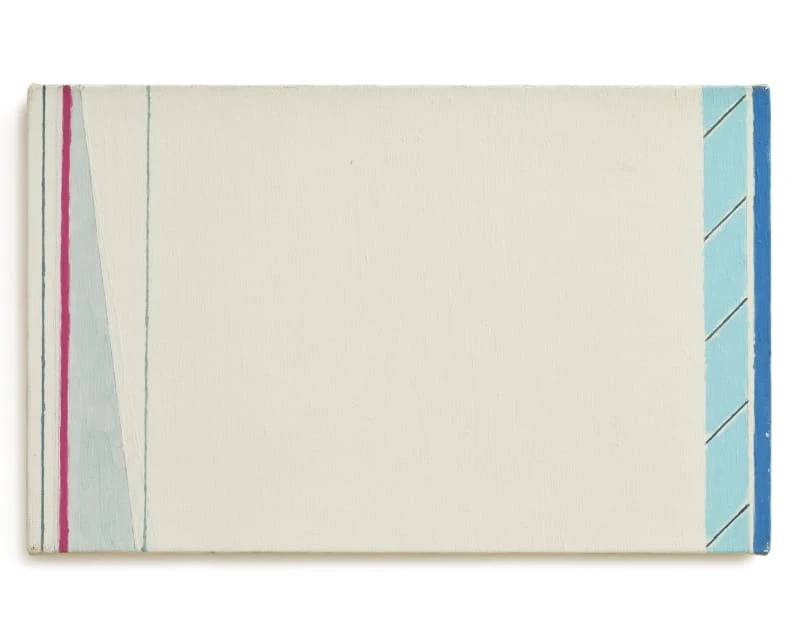Jiro Takamatsu: Space in Two Dimensions
17 Sep-30 Oct 2021


Stephen Friedman Gallery is pleased to present a third solo exhibition by pioneering Japanese artist Jiro Takamatsu opening on 17 September 2021. This presentation examines a body of work from the late 1970s and early 1980s, a fertile period of Takamatsu’s practice, and is on view during Frieze London.
Using the core principles devised in his earlier ‘Compound’ series to develop his formal methodologies in the two-dimensional realm, Takamatsu embarked on the ‘Space in Two Dimensions’ series in the late 1970s. Characterised by geometric patterns of interlocking lines and shapes or schematic drawings, the artist allowed the flat picture plane to dictate the form. Takamatsu described his process and motivation behind the series as follows: ‘I made these works with only a compass and a ruler. The lines I drew from the edge of the canvas and the curves I made with the compass at the point of contact made it seem as if the canvas was depicting the canvas.’ These artworks were not intended to represent a space, but rather create one, as the artist sought to manifest a world beyond our everyday reality.
One of the highlights of the exhibition is ‘Space in Two Dimensions No.1057’ from 1982, in which the artist challenges the existing orthodoxy of works devoid of representation. Takamatsu portrays geometric shapes and lines in contrasting colours of fuchsia pink and blue on the canvas. By eliminating one solid plane, the artist reintroduces another, conveying an object’s ability to transition from two to three dimensions.
Also on view are pencil and gouache on watercolour paper drawings from the ‘Space in Two Dimensions’ series in which Takamatsu boldly uses complementary colours or minimal black on white to construct striking compositions. These works are distinguished by opaque paint deftly applied over sections of the paper to produce dense areas of flat colour. The artist’s pencil marks are meticulously drawn and play on notions of perspective. It is tempting to see these paintings and drawings through the lens of western abstraction and minimalism, as they recall work by Mondrian and Albers. However, Takamatsu’s works come out of a unique intrinsic Japanese vision and despite the apparent order of form and colour, they are born out of the artist’s highly intellectual process.